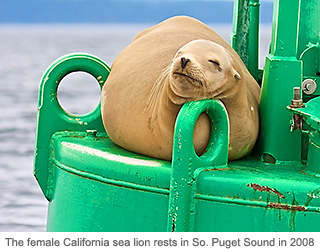California sea lion
Sea lion impaled on bolt is freed by stranding team
Dec/22/19 08:29 AM
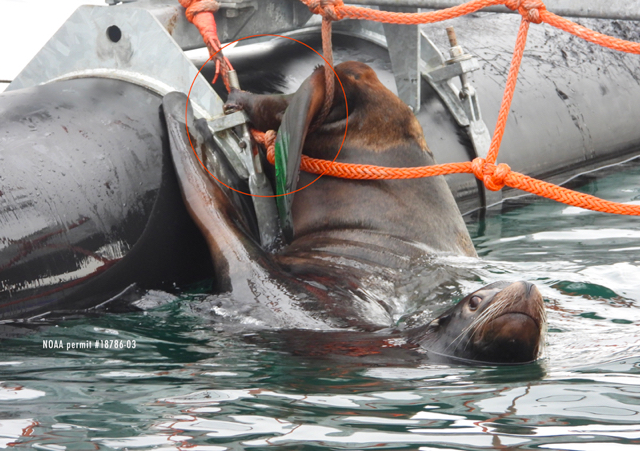 FIRST RESPONDERS LAY GROUNDWORK TO RESCUE SEA LION FROM CERTAIN DEATH
FIRST RESPONDERS LAY GROUNDWORK TO RESCUE SEA LION FROM CERTAIN DEATHAt 3:54p on Tuesday, Seal Sitters MMSN hotline (206-905-7325) received a call from Global Diving and Salvage employee John Duerr, who reported a California sea lion impaled on a bolt attached to a barrel in Elliott Bay.The barrel supported a floating security fence at Vigor Shipyard, located on the north end of Harbor Island. Seal Sitters Co-Investigator Lynn asked if he could confirm the animal was alive and he said, yes, the animal was lifting its head out of the water to breathe. It was not known how many days the animal had been hooked and unable to free himself. Lynn hung up and called Co-Investigator Robin, who offered to contact Vigor’s security office to get access for responders.
Due to the size of the animal and precarious water-only access, we knew it would require a highly experienced response team. Lynn contacted Casey Mclean of SR3 for help while Robin notified WDFW Marine Mammal Investigation Unit’s Dyanna Lambourn. The reporting party was still on-site in his boat and texted photos, which were shared with Casey, Dyanna and WDFW's Steve Jeffries. Since it was already dusk, Casey and Dyanna made plans to respond the following morning if the sea lion was still there.
Over the course of the evening, Robin laid the groundwork with many calls to Vigor Security, getting permission to access the animal early Wednesday morning. Casey and Dyanna coordinated plans for the response, recruiting additional experts and volunteers.
RESCUE PROVES CHALLENGING, BUT ENDS WITH HIGH FIVES
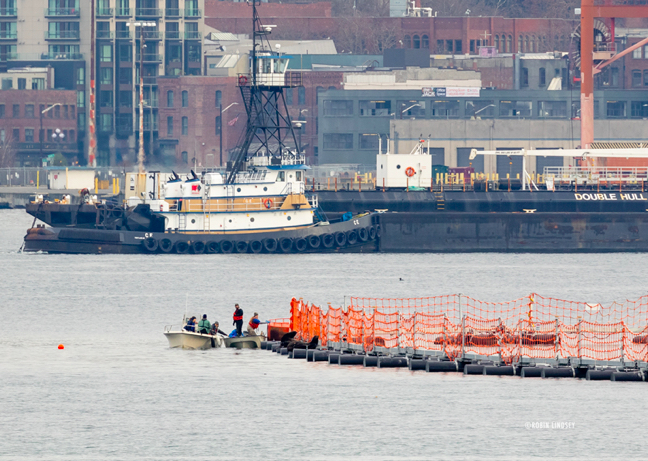
The boats took off at 10:20 and the team was soon at the Harbor Island site in Elliott Bay (photo above). Due to limited space in the vessels, Robin and Lynn observed from the viewing platform at Jack Block Park.
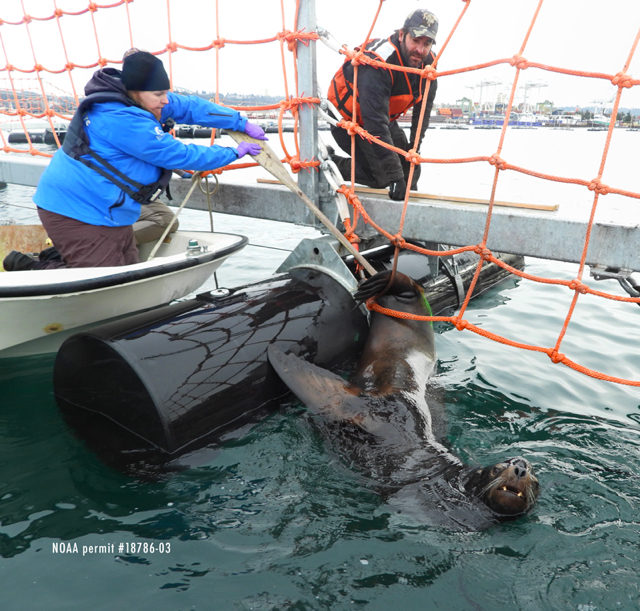
The sea lion had likely hauled out on one of the flotation barrels supporting the fence and gotten pierced through the genital area by an exposed bolt. When the examiners approached, the animal became agitated. Dr Cathy King administered a sedative formulated for sea lions and the team backed off while the sedative took effect.
Then, Dr. Cathy and Jeff were able, with considerable effort, to hoist the hind flippers and free the impaled tissue from the bolt. The adult male sea lion was marked with green biodegradable paint for identification purposes. A reversal drug revived him in a few minutes. After swimming around, he went back to the fence, forced another huge sea lion off its barrel, and took his place. The team returned to Don Armeni at 11:30.
Based on exam prior to release of the sea lion, it appears that the exposed tissue in the wound was beginning to heal, indicating that he could have been there a number of days. Thankfully, Global was doing a check of the security fencing, noticed him among the numerous sea lions hauled out on the barrels and called Seal Sitters’ hotline.
Huge kudos to the rescuers, many of whom used their time off work for the opportunity to extricate the sea lion. All were part of NOAA’s Marine Mammal Stranding Network and supporting organizations. And we are so grateful to the Global Diving employees and the Vigor Shipyard security supervisors and crew for their help. It was truly a team effort to save this beautiful marine mammal from certain starvation and send him back to his watery home for the holidays.
Seal Sitters protects and aids in capture of sea lion
Jul/18/18 06:04 PM
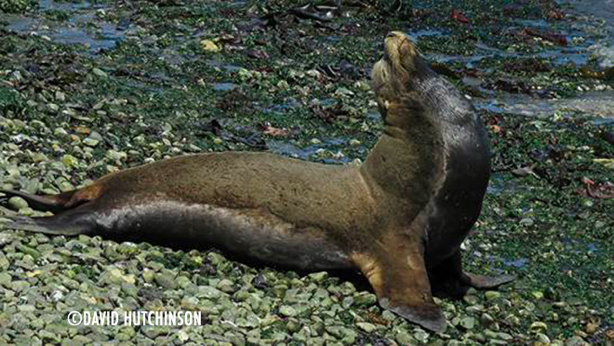 SEAL SITTERS VOLUNTEERS PROTECT AILING SEA LION
SEAL SITTERS VOLUNTEERS PROTECT AILING SEA LIONOn Friday the 13th, First Responders David & Eilene followed up on a hotline call and discovered a male California sea lion at Cove 1, the small beach just north of Salty's Restaurant (photo above). They noticed the animal was not using his rear flippers and moved with difficulty. His upper body was thin. He had not made the normal spring migration south, possibly due to these issues.
Seal Sitters sent photos to Dyanna Lambourn of WDFW Marine Mammal Investigations, who noted his distended abdomen and suggested the sea lion, nicknamed Dudley, was likely suffering from a fatal cancer. SR3 veterinary nurse Casey McLean arrived for a visual assessment.
Dudley swam away, but reappeared onshore at nearby Jack Block Park. Over the next four days under the watchful eyes of Seal Sitters volunteers, the terribly thin sea lion spent his time drifting in the waters close to shore and hauling out at different beaches. Steve Jeffries and Coral Pasi of WDFW came to observe and advise on Monday. It was agreed the best outcome for Dudley was a peaceful and natural death - and Seal Sitters would continue to monitor and keep him safe while on the beach.
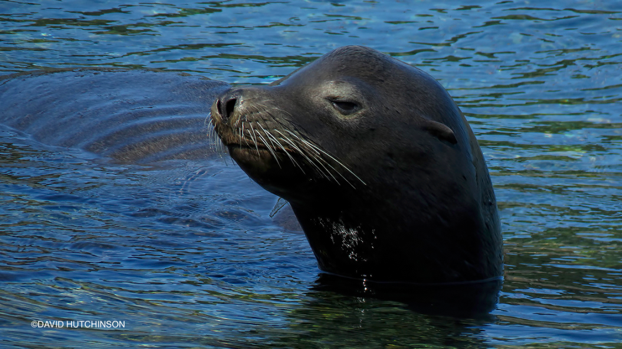 SEA LION CAPTURED AND TRANSPORTED FOR EVALUATION AND EUTHANASIA
SEA LION CAPTURED AND TRANSPORTED FOR EVALUATION AND EUTHANASIABy Tuesday, Dudley's increased penchant for hauling out at Cove 3, by the public fishing pier, began to pose a danger to himself and the kayakers, paddle boarders and visitors who used the popular the public beach. Seal Sitters called Steve Jeffries and plans for capture and removal were swiftly put into place. On Wednesday morning Dudley appeared at Cove 3 and settled in by the logs.
As Seal Sitters volunteers maintained the perimeter and talked to a crowd of onlookers who gathered at the railing, Steve and his crew including Jeff Harris of NOAA arrived with crowder boards, large cage and a boat with a drop-down ramp similar to a pickup truck tailgate. They made a successful capture, retrieved the boat at Don Armeni, and drove Dudley to the WDFW lab.
After an exam revealed the animal had severe health conditions he could not survive, he was humanely euthanized. A necropsy was performed the next day. While his condition is suspect for urogenital cancer, the exact cause of death won’t be known until the samples are analyzed. Seal Sitters will share information from the exam as it becomes available.
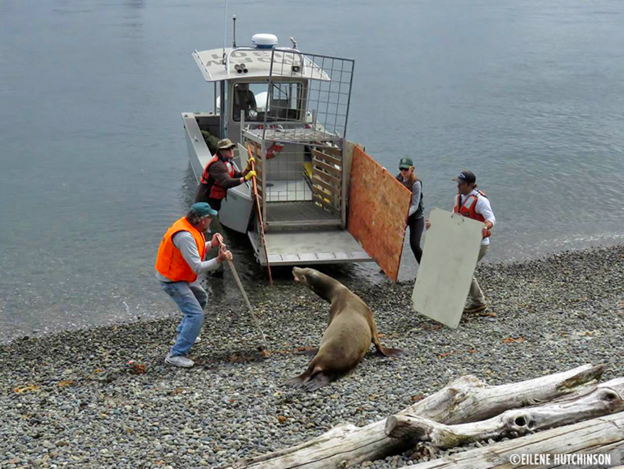 THANK YOU TO EVERYONE INVOLVED
THANK YOU TO EVERYONE INVOLVEDAlthough we are saddened that Dudley could not survive, we take satisfaction from knowing he was safe from harassment in his last days. We appreciate Greg and his staff at Alki Kayak Rental, who safely stowed some supplies needed for the capture and treated a persistent Dudley with patience and good humor. Many thanks also to our stranding network partner WDFW Marine Mammal Investigations, to NOAA and to SR3.
And finally, thanks to the many Seal Sitters volunteers who spent long hours watching, tracking and protecting this wonderful animal.
HISTOLOGIC REPORT
Histologic findings have corroborated the clinical observations and gross necropsy findings. This animal had a disseminated urogenital carcinoma. Sadly, urogenital carcinoma is common in wild California sea lions along the west coast of the U.S.
Hoover the sea lion creates a stir at boat launch
Feb/27/13 09:00 AM
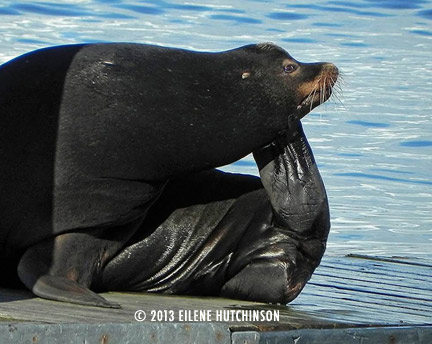
The sea lion entertained onlookers as he did some pinniped yoga stretches, squirming and scratching his back on the wooden dock. The photo shows the distinct forehead, known as a sagittal crest, of a mature male California sea lion. He returned to Elliott Bay shortly after 5pm. Because sea lions do not have distinct markings (other than scars, tags or brands), we have not yet identified if this is the same male who rested on the opposite ramp in December. If it is, he has packed on some weight which is a good thing! California sea lions regularly haul out on the two buoys in Elliott Bay - occasionally, Steller sea lions can be seen there, too.
Surprise present for the holidays - a sea lion
Dec/29/12 08:00 AM
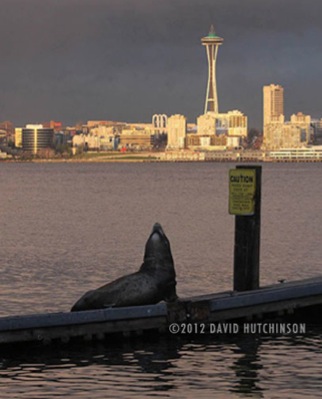
However, late Thursday afternoon the report of a sea lion hauled out on the Don Armeni boat launch dock turned out to indeed be a California sea lion. An adult male with a prominent forehead “bump” (known as a sagittal crest and indicating a sexually mature male animal) was stretched out midway down the dock. Volunteers blocked off access with sandwich boards, cones and tape. Health assessment photos were taken and sent to WDFW’s marine mammal biologist to determine if the animal had health issues or was merely seeking a convenient place to rest - well, not so convenient for those wanting to use the dock, but luckily there was virtually no boat traffic.
The sea lion spent the night on the dock under the watchful eye of volunteers and returned to the water at 8am Friday. The consulting biologist reports the sea lion appears to have swollen lymph glands or a neck abscess.
California sea lions can reach 8 feet in length and weigh up to 850 lbs. They are very mobile on land and can be dangerous if approached or harassed. Always keep your distance. Like harbor seals, they need to rest a good portion of their day. The buoys in Elliott Bay are packed with CA sea lions (and sometimes a huge Steller or two). It could be that this older sea lion with a possible injury needed refuge from the jostling and barking of sea lions on the buoys.
A young, alert harbor seal pup hauled out on the dock opposite the sea lion about 7 Thursday night, and volunteers educated the public about the difference in species. The pup returned to Elliott Bay early the next morning.
At a small cove just north of Salty’s restaurant, yet another seal pup rested from midday til late that night.
At Jack Block Park, we had a bounty of seal pups using protected areas.
Sea lion investigation update
Jan/28/12 12:43 PM
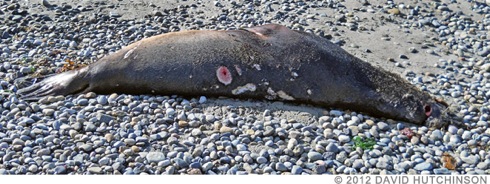
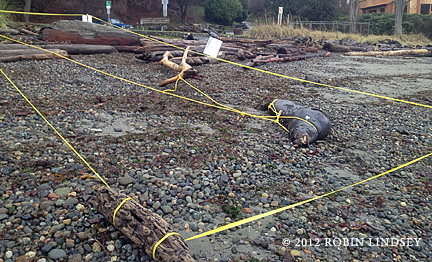
Please check back for continued updates on this on-going investigation. You can help protect marine mammals by being vigilant both from shore and by boat, watching for any harassment or violence and reporting to NOAA’s Office for Law Enforcement.
Lincoln Park sea lion necropsy results revealed
Jan/26/12 09:39 PM
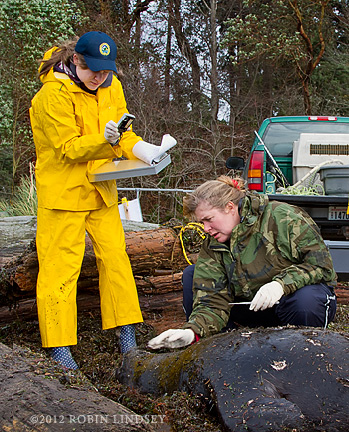
The moderate to advanced decomposed animal had been scavenged by birds and other creatures and had a shark bite wound. Muscle and tissue were closely examined for trauma and hemorrhage; evidence of a “penetrating” wound, suspected to be that of a bullet, was found deep in the tissue and tracked back to the entrance wound. Bullets create small entry holes that are often difficult to detect on the exterior. The head and lungs were removed for further examination and radiographs. That afternoon, a bullet was removed from the left lung lobe. Additionally of note, the intestines were twisted and will be examined - causes can include fishing lures and line, plastics, tumors or possible trauma from the wound. Organ tissue samples were taken for histopaths. WDFW intern and new Seal Sitters volunteer, Allison Reeder (left in photo), assists Dyanna with photo documentation.
NOAA Office for Law Enforcement has been notified and evidence and information will be turned over for investigation.
Sea lion behavior rattles public
Nov/17/11 07:49 PM
The same morning, Sno-King’s responder also investigated a report of an “entangled” sea lion at the ferry terminal on the Seattle waterfront. There was no evidence of entanglement and the sea lion seemed to be resting and drifting close to shore as well.
Fall and winter, the sea lion population increases in Puget Sound and Elliott Bay as males return to our waters looking for food. Females as a rule do not migrate north, although there is one lone female who has resided in the Nisqually region since 2008, fondly nicknamed Nisqually Princess. Biologists are not sure why she has chosen South Puget Sound as her home.
Steller and California sea lions off Lincoln Park
Feb/20/11 02:24 PM

Due to more recent sightings of stellers and elephant seals, we will be adding pages devoted to those pinnipeds on our website. Please check back for updates.
Rafting sea lions spark calls of concern
Feb/07/11 09:29 PM
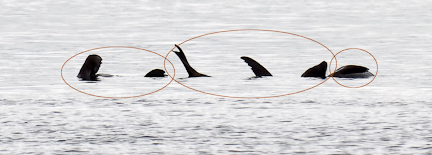
Sea lion acrobatics to start the new year
Jan/02/11 07:41 PM
Female California sea lion "hangs out" in Nisqually
Aug/02/10 08:51 PM
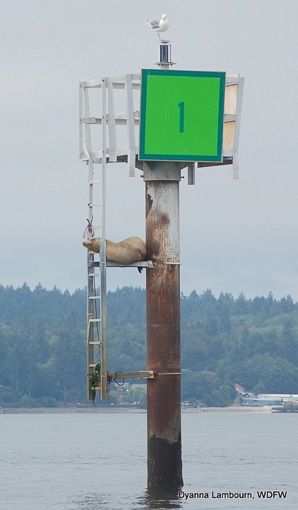
No worries about the sea lion, who is fine - she had just climbed onto the channel marker at high tide and then rested as the tide rolled out and then back in.
